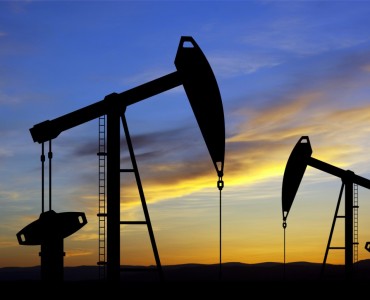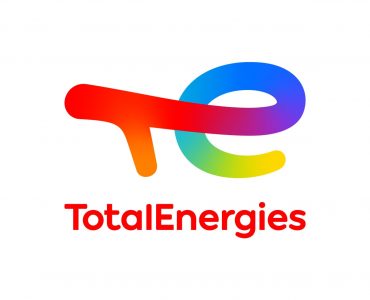Inpex and Total have given the green light to build one of Australia’s most expensive energy projects at an estimated cost of US $34 billion over the next five years.
The Ichthys gas-export development will tap a remote deepwater field off Australia’s northern coast containing an estimated 12.8 trillion cubic feet of natural gas.
The hefty price tag is broadly in line with a Citigroup estimate in June of US $32.5 billion, and a recent Deutsche Bank estimate of A$31.9 million (US $33 billion).
It also demonstrates that international energy companies remain prepared to place bold bets on an anticipated surge in demand from Asia for fuels that burn cleaner than coal, in spite of ongoing global economic jitters.
Australia has close to a dozen giant gas projects in the pipeline to feed fuel-strapped Asian economies, including Japan, which is seeking more gas as an alternative fuel following the Fukushima nuclear accident, and rapidly industrializing economies such as China.
Demand for liquefied natural gas will surge, Inpex President Toshiaki Kitamura said.
"Japan is the world’s top LNG importer. We can’t secure stable supply by just waiting for developers coming up with cargoes to the market," Kitamura said, stressing the importance of Japan’s investment in the upstream business.
Gas from the Ichthys field will be piped to a plant in Darwin that can produce 8.4 million metric tons of LNG each year for seven Japanese utilities and Taiwan’s CPC Corp.
LNG is cleaner than other fossil fuels, including coal, and cheaper to produce.
The largest Australian LNG venture is the Chevron Corp.-operated Gorgon project, sanctioned in 2009 and estimated to cost A$43 billion.
Ichthys, however, is the most expensive development per ton of LNG produced, mainly because of its remote location and the 885-kilometer pipeline needed from the offshore gas field to Darwin.
But Kitamura said, "We are confident of the profitability of this project," citing relatively large amounts of co-produced condensate and Australia’s regulations that are "generous" to foreign investors.
Ichthys is expected to produce 100,000 barrels per day of condensate, a light oil, at peak production, and 1.6 million tons of liquid petroleum gas each year.
Australia’s stable political environment makes the resource-rich country a safer place to risk large sums of cash, while its proximity to Asia helps suppliers save on shipping costs. Such benefits have attracted enough investment in Australia to potentially hoist it above Qatar as the top LNG exporter by the end of the decade.
"Australia is well on track to becoming the major gas supplier in the Asia-Pacific region," Australian Resources Minister Martin Ferguson said Friday.
Still, Ichthys progress may be negative for rival developments, including Woodside’s complex Browse project, which is also located in the remote Browse Basin.
Australia already has a tight labor market, and a shortage of skilled workers last year prompted Woodside to announce a third delay and cost overrun at its A$14.9 billion Pluto LNG project in Western Australia state.
Inpex chairman Naoki Kuroda said engineering, procurement and construction of the Ichthys onshore LNG facility will be carried out by a joint venture comprising JGC, KBR and Chiyoda.
Samsung Heavy, General Electric and McDermott are among companies to be awarded development contracts.
Roughly 70% of Ichthys’ output will be shipped to Japanese utilities, including Tokyo Electric Power, Tokyo Gas, Osaka Gas and Kyushu Electric Power Co.
Inpex recently agreed to sell a 1.575% stake to Tokyo Gas, which will reduce its stake in the LNG project to 72.8%. Total owns 24% and is in talks with Inpex to raise its stake, Kitamura said.
Source: Dow Jones & Rigzone










